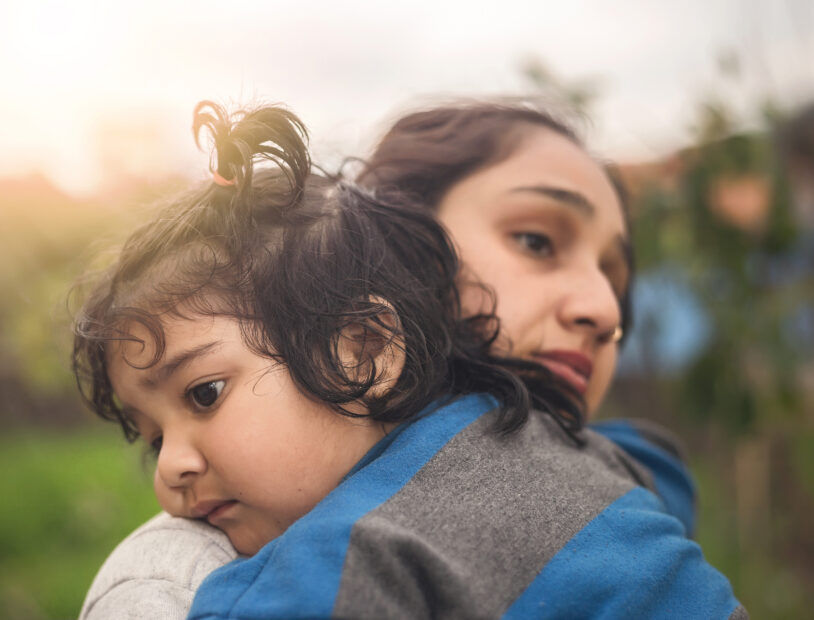Part of being a human being is to migrate and whilst the media often gives the impression that levels of migration are increasing, this is not the case. Global migration levels have not changed much since the second world war, with international migrants accounting for about 3% of the world’s population. Refugees represent around 0.3%.
Yet while migration was once largely about Europeans making their way to the northern and southern American continents – arguably the biggest illegal migration was European colonisation – today the direction of travel has changed. More people are moving to the Global North, from a wider range of countries, than before. This has generated toxic political debate and misinformation with people frequently grouped into “pro” or “anti” immigration camps, preventing us from seeing migration as it really is. In the United Kingdom, there have been a number of pieces of legislation over recent years fed by the ‘anti’ immigration rhetoric making it much harder for those who are migrating to the UK including children and young people in the refugee and asylum system.
While asylum is not devolved, Northern Ireland Departments have responsibilities in safeguarding and protecting the rights of children and young people within the refugee and asylum systems. This includes the rights protected under the Refugee Convention, the UN Convention on the Rights of the Child and the Children Act 1985: for example, health, education, and ensuring that no child or young person falls into destitution. When asylum seekers are granted refugee status, they receive the same entitlements as other citizens of Northern Ireland.

